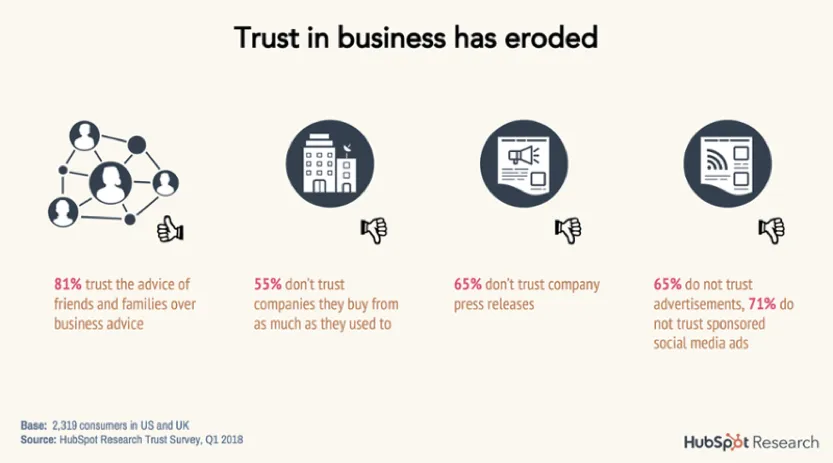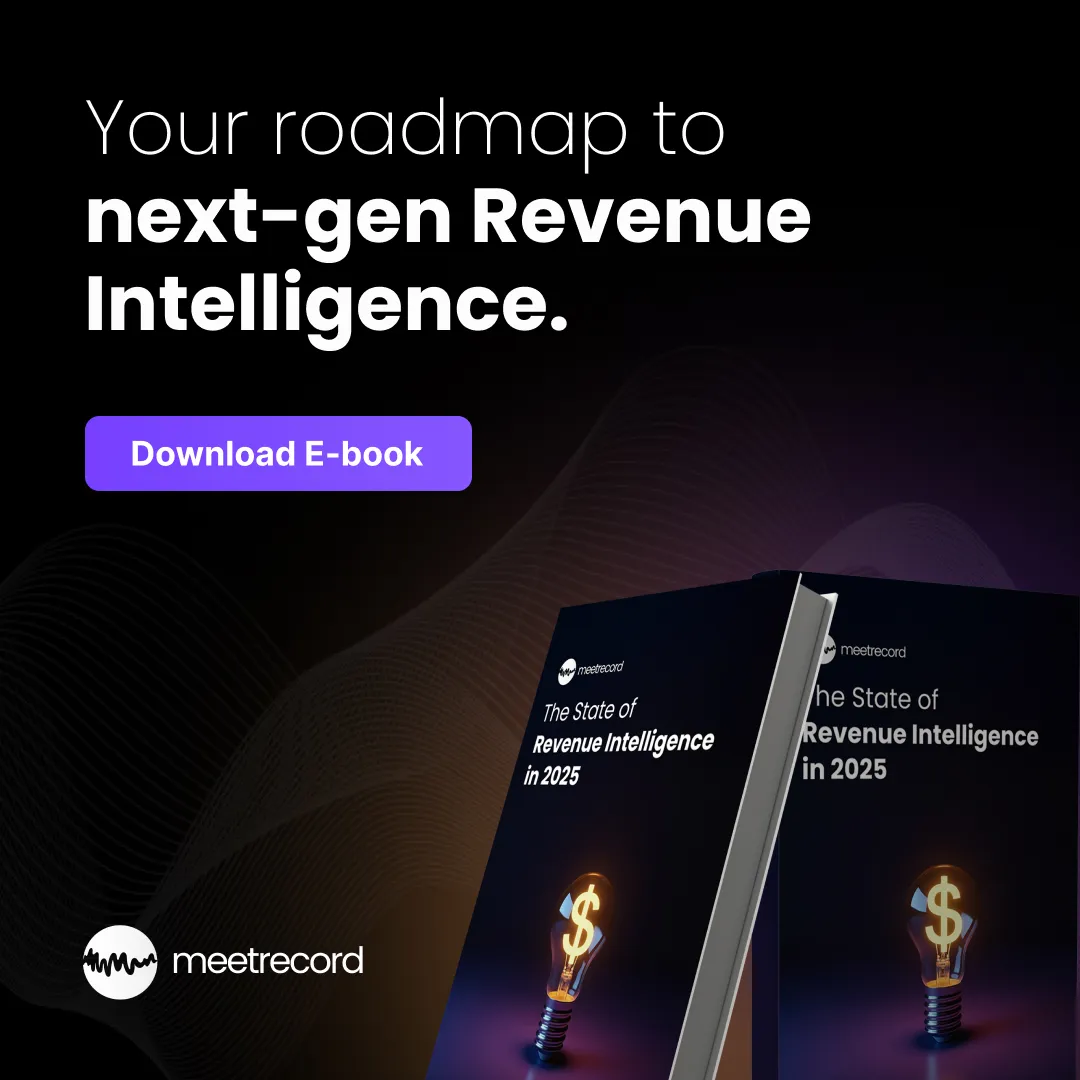Growth is getting tougher!
Three massive shifts are driving this for good.
- Sales is now DIY - People don’t like being sold. Today the boundary between work and home is blurring. The aversion to cold calls and cold emails is ever increasing. People like to research themselves and arrive at the right conclusion. This brings us to the next point, access.
- Ease of Access - Your competitor is just one google search away. All the information you need, such as pricing and reviews, is available readily on comparison sites like G2 crowd. It is easier to start with a Free Trial. Even the data migration, which used to be a moat, is a one-click job with companies like Segment.io. Annual Contracts are fading and considered legacy protocols by many now.
- Alternatives - Customers have plenty of options. It is easier to build a SaaS tool using the cloud-servers and no-code than was a decade ago. Markets are getting segmented and new niches are being serviced. Cost of Customer Acquisition (CAC) has ticked up steadily over the past years.

Of course, companies need exceptional sales teams to close deals and marketing teams to supply them with the right leads. But that alone won’t float now. Organizations have to convert the new customers into successful customers, and strong advocates of your product.
According to annexcloud.com, the benefits of a referred customer can be staggering:
- Referral marketing generates 3-5x higher conversion rates than other channels
- Acquisitions through referrals spend 200% more than other customers
- The lifetime value of a new referral customer is 16% higher than your average customer
-
Eva Klein, VP CS at Hubspot called Customer Success as the third growth engine.
Top highlight from Eva’s article,
When it becomes more expensive to acquire customers and easier for them to leave, something inevitable happens — businesses start paying a whole lot more attention to keeping existing customers very, very happy.
6 Red flags of Customer Churn
1. Low Customer Engagement
There is a direct correlation between engagement and satisfaction.
You can classify your customers into 3 categories:
Purchasers - Who are engaged with your product but limited to ensure their tasks are completed successfully.
Loyalists - These are a step ahead. They are engaged with your product for sure but love your brand too. They would adopt any new feature or product from your stable quickly.
Evangelists - These customers are strong promoters of your products in their network across companies. They can 2X your customers base.
More engaged customers are more satisfied. Low response rates can also be an indication of some other warning signs we’ll mention further down. Ring an alarm bell when you notice lower engagements in CS meetings - reduced participation or even important stakeholders skipping them.
2. Low Customer Satisfaction
Net Promoter Score is a customer loyalty metric that companies use to measure the satisfaction of their customer base.
The NPS question asks, on a scale from 0 to 10: “How likely are you to recommend (this company, this product, this experience, this representative) to your friends, or business associates?” Customers are then segmented into three buckets: detractors (0-6), passives (7-8), and promoters (9-10).
You then take the % of detractors from the % of promoters to determine your overall NPS score.
What is a good NPS score? Any NPS score above 0 is "good". It means that your audience is more loyal than not. Anything above 20 is considered "favorable". Bain & Co, the source of the NPS system, suggests that above 50 is excellent, and above 80 is world-class.
Negative NPS scores should raise an alarm immediately.
3. Reducing QBR Engagement
Quarterly Business Reviews (QBRs) are an in-depth method for gathering customer sentiment and NPS across multiple levels of an organization.
B2B companies should use this method to increase transparency, align goals and improve business processes by corresponding with frontline, middle management, and executives in the organization.
4. Decreased usage
Decreased usage is a pretty good indication of possible churn. It’s also a warning sign of other disengagement activities to come, such as feature attrition or the loss of a champion.
Monitoring customer usage and activity is typically a customer success activity, however, it is an important part of any customer experience program. Increasing usage and adoption patterns are a good indicator of buy-in within a company and possible up-sell opportunities.
5. Feature attrition
Feature attrition is a strong, if not the strongest, an indicator of customer churn.
When customers notify companies that they are looking to decrease their use of certain features or services, this should be an immediate red flag.
Your company should understand your client’s business needs to build strong cases for product adoption.
6. Loss of a champion(s)
A strong sale typically has many players involved. One of those players is often described as a champion. A champion is an individual or, hopefully, a group of individuals, who push for the adoption of your company’s product or services. This champion should then continue to push for buy-in during the lifecycle.
However, very often companies fall into a dangerous trap: they rely on a single champion to push adoption. But—what happens if that champion leaves? Relying on a single champion may work in a sales win, but it does little to help long-term customer relationships.
Conclusion
Customer churn isn’t always avoidable. We’re the first to admit that saving every customer might not be realistic. In many cases, as your business grows, some customers may simply no longer fit into your ICP (ideal customer profile). When you outgrow a customer, or maybe even vice versa, in some cases, calling it quits might be the best for not only your long-term growth plan, but your customer’s as well.
However, even a small amount of customer or revenue churn can have a huge impact on your bottom line. We hope the 6 red flags provided above not only protect against a possible churn but strengthen the relationships with your existing customers.


.svg)

.webp)



